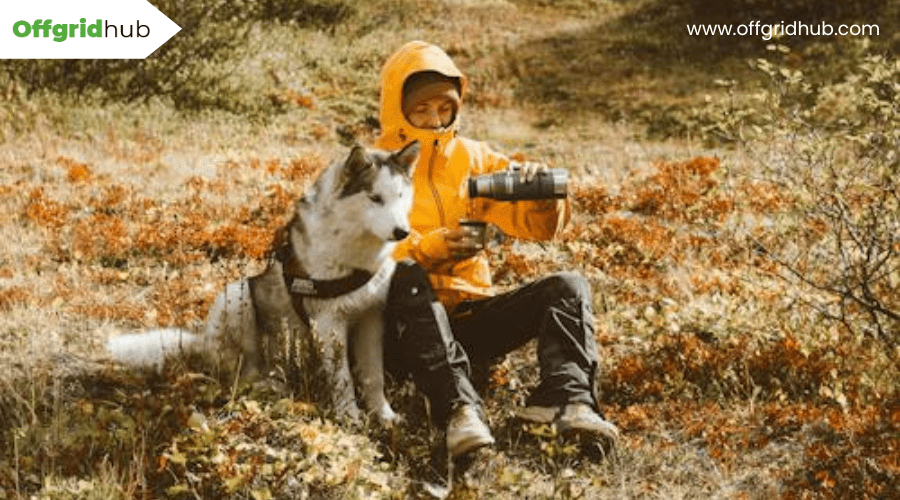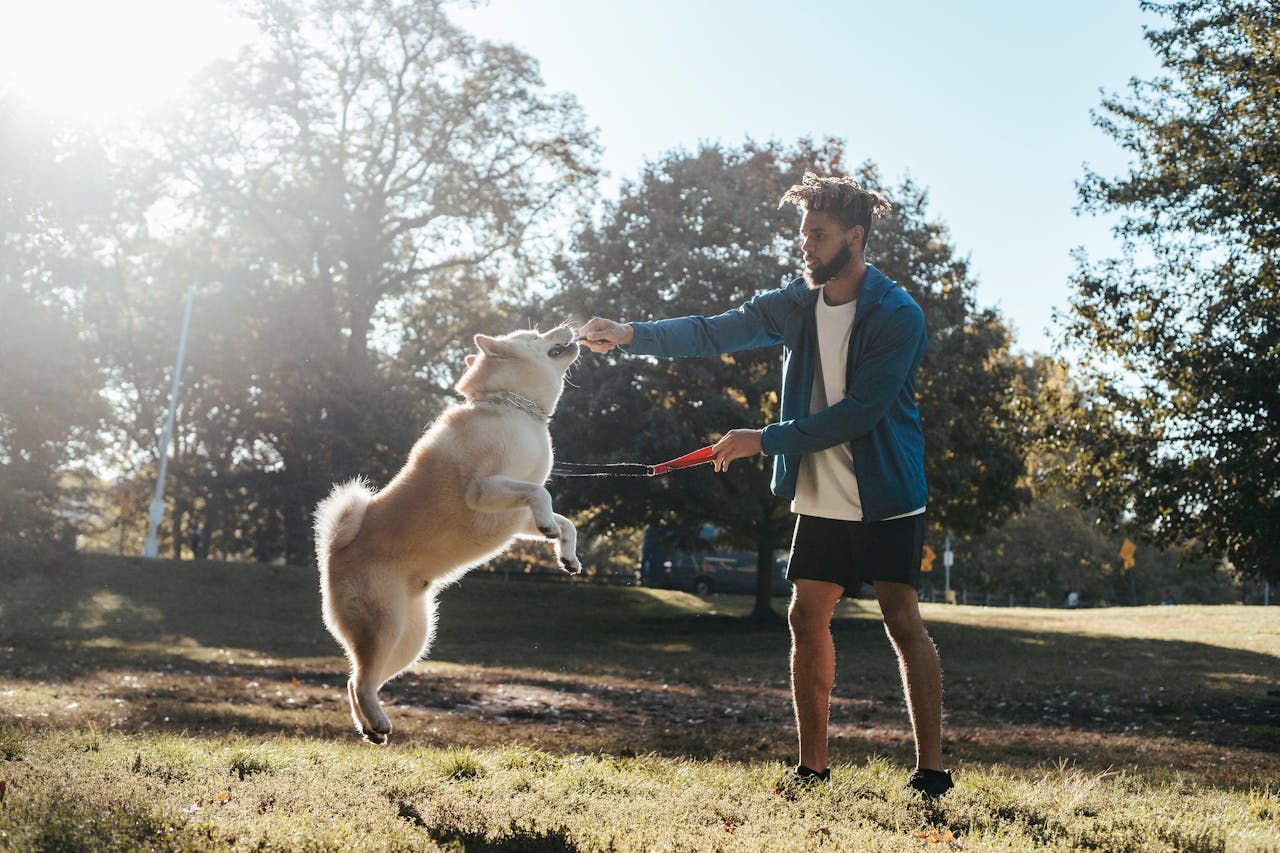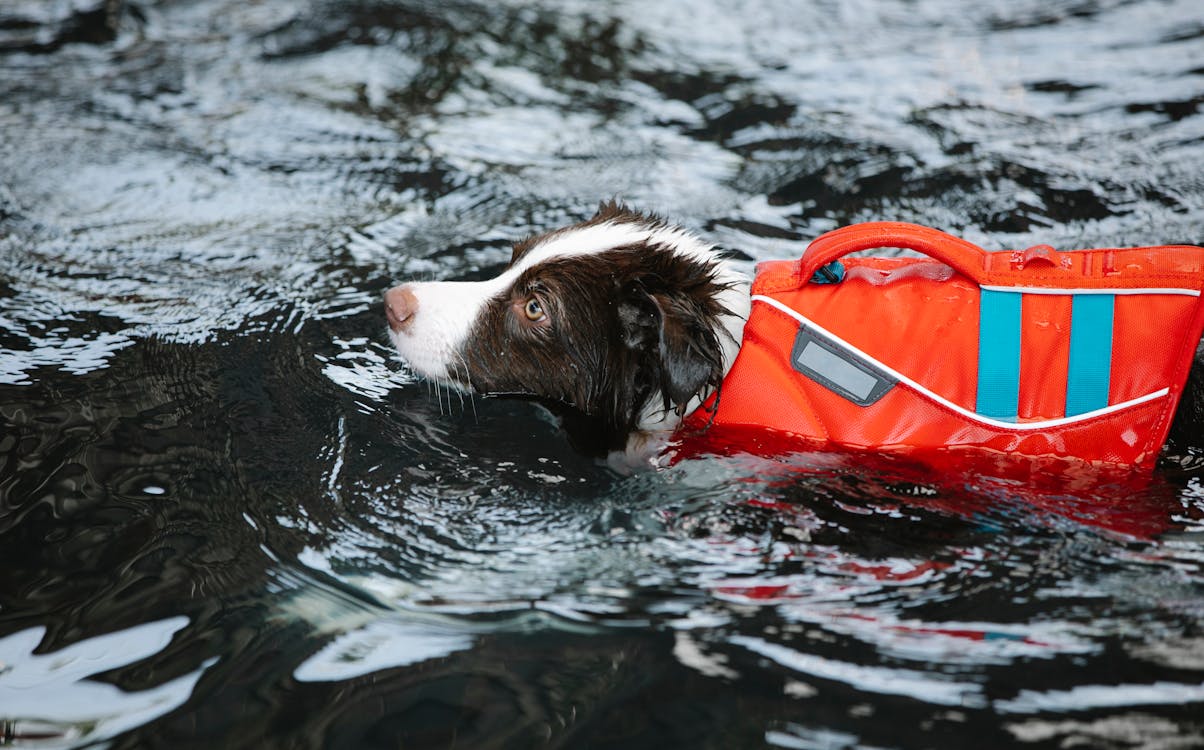Venturing into the wilderness with your pet is akin to stepping into a vast, uncharted book; every page holds unknown adventures but also potential dangers lurking in the shadows. You’ve likely pondered how to shield your furry companion from the unpredictabilities of remote locations. It’s not just about keeping them on a leash; it’s about preparing them for the journey ahead, from vaccinations to emergency protocols.
But, how do you tailor these precautions to your pet’s unique needs, ensuring they’re as ready for the adventure as you are? Let’s explore the essential steps to create a safe haven for them, no matter where your travels take you.
Assessing the Risks
Before venturing into remote locations with your pet, it’s crucial to evaluate the proximity to roads and potential hazards to minimize risks. When planning your adventure, keep in mind the significance of choosing a safe environment for your furry friend to play and explore. It’s essential to take care and maintain awareness of your surroundings to prevent accidents, especially near paved roads where the risk of car accidents is higher.
Always ensure your dog is on a leash in areas close to traffic to avoid any unforeseen mishaps. This simple precaution can make a significant difference in ensuring the safety of your pet. Additionally, consider the potential dangers and risks associated with the specific outdoor activities you have in mind. This will help you make informed decisions about where and how to safely engage in fun with your pet.
Lastly, it’s crucial to equip yourself with high-quality skills and tools to handle emergencies. Being prepared can significantly reduce the severity of any incidents that may occur. Remember, a lean, healthy, and adequately exercised dog is less likely to incur injuries in remote locations. Taking these steps seriously ensures a safer and more enjoyable outdoor experience for both you and your pet.
Pre-Trip Preparation
Kicking off your outdoor adventure with your pet requires thorough pre-trip preparation to ensure safety and fun for both of you. Before you head out, it’s crucial to research the specific location for potential hazards. This includes looking out for wildlife that might not be friendly, assessing the terrain for difficulties that could arise, and checking the forecast for hot weather or other challenging conditions.
Here’s a quick checklist to help you prepare:
| Item | Reason | For Pets |
|---|---|---|
| Navigation Tools | Prevent getting lost | Essential for on-the-go adjustments |
| First Aid Supplies | Immediate care for injuries | Include pet-specific items |
| Extra Food and Water | Keep energy levels up | Portable water is vital in hot weather |
| Local Regulations | Avoid legal issues | Ensures pets are welcome |
Don’t forget to plan your route, estimate travel time, and inform someone about your itinerary for added safety. Also, familiarize yourself with emergency contacts, nearby veterinary services, and pet-friendly accommodations in case of unforeseen circumstances. Remember, dogs make great companions for outdoor adventures, but their safety is your responsibility. Preparing well means you can both enjoy the great outdoors without unnecessary risks.
Understanding Pet Limitations
After ensuring your pre-trip preparations are in place, it’s essential to recognize your pet’s physical limitations to guarantee a safe outdoor adventure. Understanding your pet’s endurance and capacity is key, especially in remote locations. Pay attention to their age, breed, health conditions, and previous experiences which all play a critical role in determining their ability to tackle challenging terrains.
You’ll also need to be mindful of extreme weather, elevation changes, and the availability of resources like water and shelter. These factors can significantly impact your pet’s performance and comfort. Keeping an eye on your pet for any signs of fatigue, stress, or discomfort is crucial. This vigilance acts as an extra layer of security, helping you prevent overexertion and ensuring their well-being.
Essential Safety Gear
Investing in essential safety gear is a critical step in ensuring your pet’s protection during outdoor adventures in remote locations. As your loyal hiking partners, they rely on you to make their safety a priority. Whether you’re navigating dense forests or sprawling open landscapes, the right gear can make all the difference.
A high-quality harness is non-negotiable. Unlike traditional collars, a good harness distributes pressure evenly across your dog’s chest and back, protecting their neck and throat from injury. This is especially crucial when traversing rough terrains or when they get overly excited at the sight of wild animals or garbage bins.
Ensuring your dog doesn’t stray too far or get lost is another major concern. This is where a strong leash with secure attachments and an advanced tracking system like Garmin come into play. Garmin tracking collars are particularly valuable, offering:
- Peace of mind with reliable location tracking over long distances.
- Safety from the unexpected, reducing the risk of losing your pet to unforeseen dangers.
- Enhanced freedom for your dog to explore, without the worry of them getting too far away.
Equipping your dog with these essential safety gears can significantly reduce risks and enhance the enjoyment of your outdoor adventures together.
Handling Emergencies
Despite your best efforts, emergencies can stillarise when exploring remote locations with your pets, making it crucial to be well-prepared. Carrying emergency supplies like a first aid kit, Benadryl capsules, and a space blanket ensures you’re ready to go if an unexpected situation occurs. It’s equally important to implement safety measures, such as tying your dogs to immovable objects or using secure fencing, to prevent them from wandering off.
In case of an emergency, knowing the nearest veterinary clinic or emergency services contact information is vital. You’ll need to act quickly, so make sure this information is easily accessible. Supervising pets closely allows for immediate intervention if they’re injured, helping to mitigate the situation before it escalates.
For added security, consider advanced GPS tracking devices. They can be a lifesaver in locating a pet that has gotten lost or injured in remote areas.
| Prevention | Action |
|---|---|
| Secure fencing | Bring them inside |
| GPS tracking | Locate quickly |
| Supervision | Intervene promptly |
Being prepared and vigilant can make all the difference in handling emergencies in remote locations. Make sure you’re always ready to protect your furry friends.
Weather Considerations
While focusing on emergency preparedness, it’s also crucial to consider the impact of weather on your pets’ safety in remote locations. In the blistering heat, your pets can suffer from heatstroke, showing symptoms like excessive panting and drooling. It’s imperative to monitor these signs closely. Similarly, providing shelter against extreme weather conditions, be it scorching heat or bone-chilling cold, ensures their well-being. Sudden weather shifts, such as thunderstorms or blizzards, can escalate into dangerous situations, making awareness paramount.
Ensuring your pets have access to fresh water is non-negotiable. In remote areas, this might mean carrying a small bucket that you can fill at streams or lakes. When temperatures plummet, protect your pets from frostbite by offering insulated bedding and limiting their exposure to freezing conditions.
- Imagine your pet’s confusion as a thunderstorm rolls in, potentially leading them to dig a hole to hide, exposing them to further risks.
- Consider the worry of watching your pet pant heavily, a small bucket of water their only relief in the sweltering heat.
- Reflect on the fear that grips you as you rush to provide shelter from an unexpected blizzard, hoping your preparations are enough to keep them safe from the cold.
Weather in remote locations can be unpredictable, and your vigilance can make all the difference.
Preventing Lost Pets
To prevent your pet from getting lost in remote locations, consider using GPS tracking collars and ensuring they have visible ID tags with up-to-date contact information. Making sure your pet wears a visible ID tag is crucial, as it provides immediate contact details to anyone who might find them. Additionally, GPS tracking collars like Garmin can offer real-time location monitoring, significantly reducing the time it takes to reunite with a lost pet.
Training your pet to respond to recall commands is another essential step in preventing them from wandering off. A well-trained pet is more likely to return to you when called, even in unfamiliar or distracting environments.
| Prevention Method | Description |
|---|---|
| GPS Tracking Collar | Monitors your pet’s location in real-time, allowing for quick action if they wander off. |
| Visible ID Tag | Provides immediate contact information to anyone who finds your lost pet. |
| Recall Commands | Trains your pet to return to you on command, reducing the risk of them getting lost. |
Creating a safety plan that includes designated meeting points can also help if you and your pet get separated. Always ensure your pet’s microchip information is up-to-date, offering a permanent identification method that increases the chances of a safe return.
Wildlife Interactions
After securing your pet with a GPS collar and training in recall commands, it’s crucial to consider the risks posed by wildlife when exploring remote areas. Venturing into the middle of nowhere with your furry friend can be an exhilarating experience, but it’s vital to remember that you’re stepping into the home of wild animals. Encounters with predators like bears, mountain lions, or coyotes can pose serious risks to pets. Understanding local wildlife habits and habitats is essential to anticipate potential encounters and take necessary precautions.
To ensure the safety of your pet, it’s important to:
- Keep pets on a leash at all times during outdoor activities. This minimizes the risk of unexpected wildlife interactions and keeps your pet close under supervision.
- Avoid leaving food or pet waste unattended to prevent attracting wildlife. Even the smallest snack can lure a predator closer than you’d ever want.
- Carry bear spray or other deterrents and be prepared to react calmly and assertively in case of wildlife encounters. Knowing how to handle a sudden appearance of a wild animal can make all the difference.
Conclusion
In conclusion, ensuring your pet’s safety in remote locations demands attention to detail and proactive planning. You’ve got to assess risks, prepare thoroughly, understand your pet’s limitations, and equip them with essential safety gear. Handling emergencies calmly, considering weather impacts, preventing your pet from getting lost, and managing wildlife interactions are key.
By following these steps, you’ll create a secure environment for your furry friend, letting both of you enjoy the great outdoors with peace of mind.





